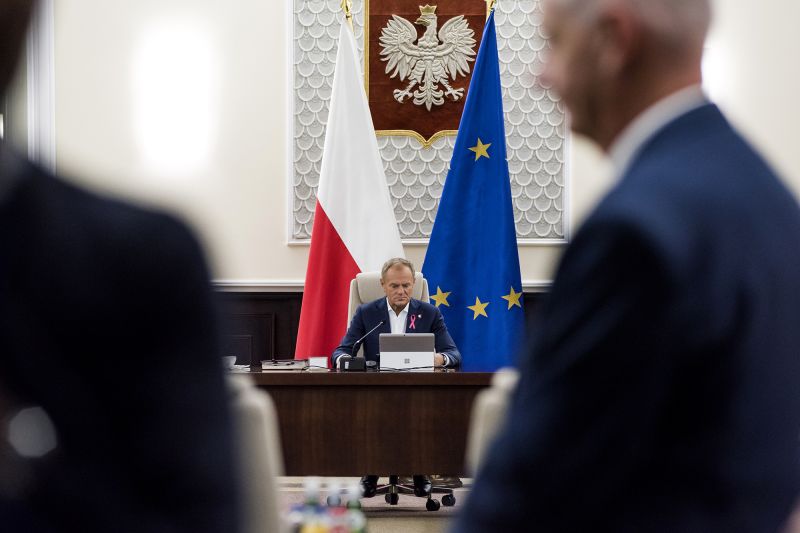With political polarization and voter dissatisfaction at an all-time high in Europe, centrists are moving towards the right on the issue of immigration. This shift is reflective of the socio-political climate and the continental response to the global refugee crisis, but for some, this shift may have come too late.
In recent years, Europe has found itself at the center of a historic migratory influx. Countries in the European Union (EU) have seen unprecedented waves of refugees and migrants from war-torn and economically disadvantaged nations streaming into their territories. This situation has challenged the preparedness and resilience of social, economic, and political structures that define European countries.
The issue of immigration has become a linchpin for voters across Europe. It has triggered debates and contentious political battles as nations come to terms with the changing demographic reality. In this shifting political landscape, centrists, traditionally seen as flexible and moderate in approach, have begun adopting a more conservative rhetoric on immigration.
Centrists, who used to advocate for a more liberal and welcoming policy towards immigrants, are now shifting their strategies, messaging, and policies in accordance with the public sentiment. There is an inclination for tighter border control, stricter security measures, and limited intake of refugees and migrants.
One of the key drivers for this shift is the rise in the immigrant population and the consequent social and economic implications. From strained public services and increased competition in the job market to cultural clashes and security concerns, these issues have fuelled anti-immigration sentiments.
Furthermore, the rise of right-wing populism across Europe has posed a significant challenge to centrist parties. With anti-immigration narratives resonating strongly among disaffected voters, right-wing parties have managed to successfully use the migrant crisis as a rallying point. Faced with dwindling support and a fragmenting voter base, centrists have been compelled to repurpose their approach to mitigate the political damage.
In countries like Germany, Sweden, and France, centrist parties have shifted their stance conspicuously towards a more conservative approach. They are increasingly advocating for restrictive immigration laws, tougher asylum policies, and increased border security. However, it begs the question of whether this shift has been timely or too late for some.
Critics argue that for several centrist parties, a rightward shift on immigration might have been too late. Centrists’ initial failure to address the public sentiment timely, led to voters’ migrating towards right-wing parties. This complacency has cost them significant political capital, with right-wing populists filling the void effectively.
In addition, this pivot towards rightist positions on immigration comes with its own perils. By adopting a stance similar to that of their right-wing counterparts, centrists risk blurring the ideological divide and losing their unique identity. They face the danger of becoming ‘right-lite’ versions and may end up reinforcing the very narratives they once stood against.
Moreover, for those retaining a centrist stance, a rightward shift on immigration may alienate the liberal segments of their electorate. This could potentially create fractures in their political base. It’s a delicate compromise between retaining traditional supporters while trying to appeal to the more conservative sections of the electorate.
In conclusion, the shifting stance of Europe’s centrists on migration highlights the continent’s dynamic political landscape. The challenge for centrists is navigating this balance without losing sight of their core principles or ceding further ground to their rivals. The consequences for not doing so effectively could be a continued erosion of political influence, something many centrists can ill afford in these politically charged times.




